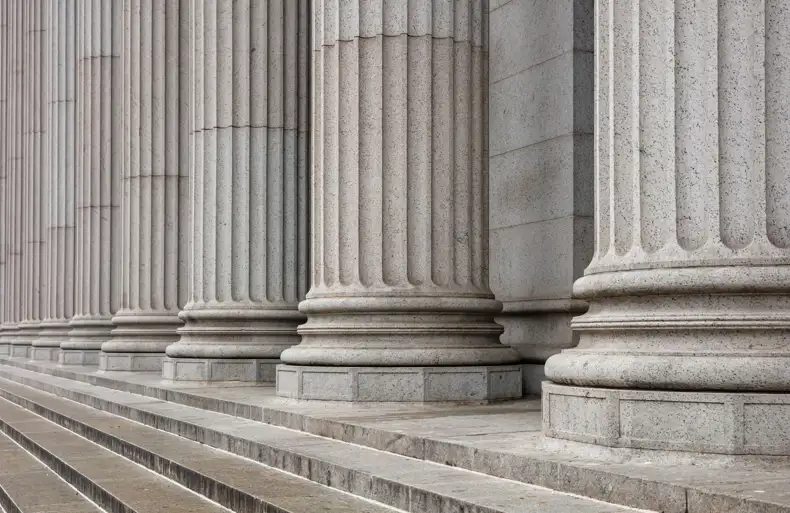The area now known as White City was, until well into the 19th century, desolate farmland bisected by a singular track: Wood Lane. The 1908 Franco-British Exhibition, held as a celebration of improved Anglo-French relations after the signing of the Entente Cordiale, covered some 200 acres near Shepherd’s Bush and comprised an artificial lake surrounded by a “city” of large, elaborate buildings covered in white stucco. The newly christened “White City” hosted the Summer Olympic Games in the same year at the new White City stadium. Built 26 miles from Windsor Castle, the Olympics saw the first marathon to be held over the now adopted standard distance – extended by an extra 385 yards so to finish beneath the Royal Box within the 68,000-capacity stadium.
In more recent history, White City is perhaps most famously known as the home of the BBC. Built on the site of the 1908 Franco-British Exhibition, the Television Centre was officially opened by the Queen in 1961 and was the headquarters of the BBC until its closure in 2013, when it was relocated to Salford in a major cost-cutting program by the broadcaster. Now, the area is undergoing a renaissance as developers transform White City into a new and exciting destination after years of neglect.
Shop ‘til you drop
Upon its opening in 2008, Westfield London in Shepherd’s Bush became the largest covered shopping development in London. Westfield’s £600m phase 2 expansion opened to the public in March 2018, adding 740,000 sq ft of retail and mixed-use space, anchored by a new 230,000 sq ft John Lewis department store. The expansion means Westfield London now offers over 360 retailers across 2.6 million sq ft of gross lettable space, making it the largest shopping centre in Europe. The phase 2 expansion forms part of Westfield’s wider development plans, which aims to create up to 8,000 new jobs and build up to 1,500 new homes.
Regeneration
Five years since the BBC moved to the North-West, White City has entered a new era: with residential led development very much at the forefront of a £8 billion, ten-year regeneration plan.
The White City Opportunity Area covers 110 hectares and was identified in the 2016 Mayor’s London Plan as having the capacity for 5,700 new homes and 10,000 new jobs by 2028.
At the heart of White City’s regeneration is the redevelopment of the former Television Centre into one of London’s largest mixed-use schemes. Purchased in 2012 by Stanhope in a deal worth close to £200 million, the scheme to redevelop the former home of the BBC includes provision for up to 950 new homes, 500,000 sq ft of Grade A office space, TV studios, a hotel, a cinema, Soho House private members’ club and a number of restaurants and bars. To date, close to 80% of phase 1 flats offered to the market have sold, with off-plan prices starting from £645,000. Re-sales of completed flats are now achieving in excess of £1,200; we recently provided a valuation on a flat purchased off-plan in 2015 at £1,030 psf, 2.5% above the original purchase price.
White City Living will provide over 1,465 new homes set within eight acres of landscaped green spaces, including a new five acre park. Developed by St. James and located opposite the Television Centre, the scheme has been designed to create a dramatic skyline of residential towers and green spaces inspired by the likes of New York’s Central Park. The 406 units that form phase 1 are currently under construction, of which 128 had been sold by the end of Q1 2018. Prices start at £640,000 (c. £1,300 psf) for a studio flat, with local estate agents reporting sales of the more luxurious flats on higher floors achieving closer to £1,400 psf.
White City Campus Tower, situated within Imperial College London’s White City Campus, will provide 192 new homes, a third of which have been earmarked for College Key Workers and Imperial NHS Staff at below market rents. The tower, due to complete in Q1 2019, forms part of Imperial’s masterplan, which is focused on creating mixed-use facilities to bring local people and businesses together with Imperial’s academic community of students, researchers, scientists and engineers. Imperial College have submitted further plans to develop their south site on Wood Lane to include a hotel, retail space as well as up to 370 new homes.
Although only a stone’s throw away from some of Central London’s most expensive and desirable locations, White City’s vast areas of unattractive residential estates and industrial warehouses have seemingly hindered its regeneration for decades. White City’s high accessibility by road and rail is also its weakness, creating an inflexible space landlocked by the A40, the West Cross Route and the Victorian train tracks. Large sites such as the Television Centre were originally designed with inactive frontages and fencing, designed to discourage permeability to the surrounding area.
The creation of new open spaces, connectivity improvement to both existing communities and the wider area, as well developments within the White City Regeneration Area to create a new sense of place are all key proposals within the 2018 Hammersmith and Fulham Local Plan. In order for this to be achieved, developers, architects and planners have taken a holistic approach to the design of each scheme and the communal areas in-between to create a well-connected, permeable built environment.
This approach is clearly visible in a number of developments currently under construction, particularly at White City Living which is built around a five acre public park, along with bridges and walkways that make it possible to navigate around and through the railway arches. The railways arches themselves will be converted into retail, bars and restaurants, after the TfL approved the planning application in 2017. The approved scheme will also see a number of new pedestrian and cycle routes that will improve connectivity between the St. James’ scheme and Westfield.
With its roots firmly in British sporting and broadcasting history, an influx of high-end residential development and world class retail, leisure and academic facilities, White City has all of the ingredients to become one of London’s most exciting destinations.




